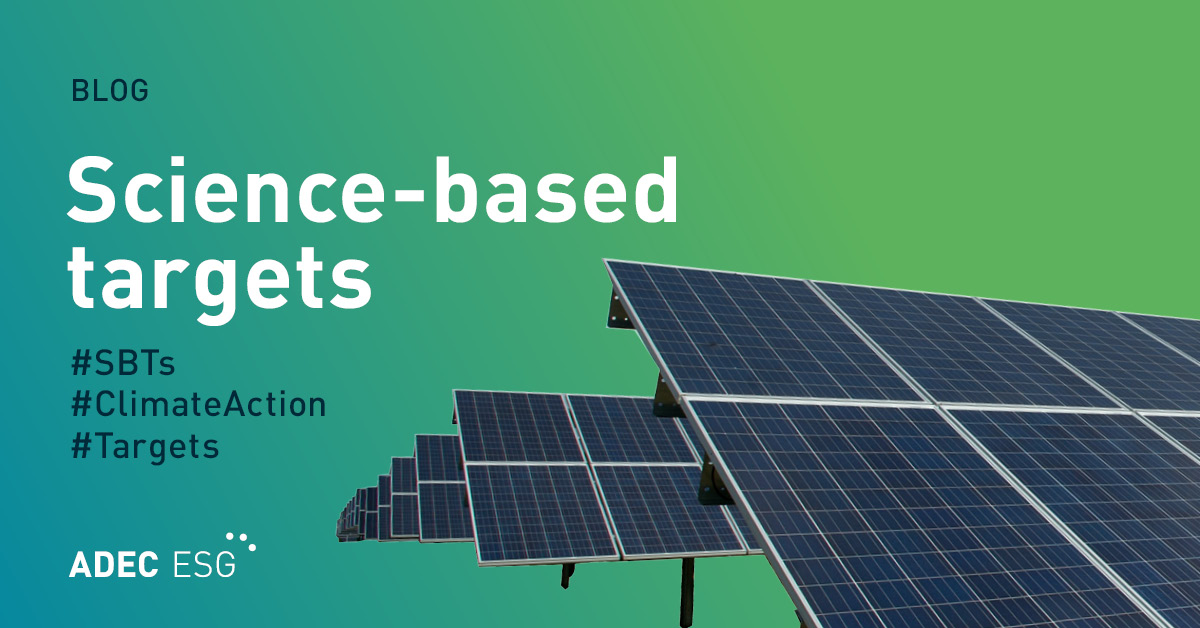The economic downturn has highlighted a long running debate in planning and development circles: “Is CEQA broken, and if so, how do we fix it?”
People on both sides of the debate recognize that the California Environmental Quality Act (CEQA) has become more complex and more fraught with legal battles in the past 20 years. A desire to make the process more efficient appears to be a point of consensus. As our highly regulated and complex industry moves from paper to electronic data at an astonishing rate, the question becomes “are we approaching a point where CEQA can truly be streamlined through the harnessing of big data?”
CEQA was originally enacted on the heels of an oil spill that shook public confidence in government officials charged with protecting the environment and public health. In the 40 years since CEQA analysis began, laws and regulations have been created at the local, regional, state, and federal level to protect resources and public health. Many of the mitigations that CEQA documents point toward are standards and requirements that already exist through established channels.
Each year the state enacts revisions to CEQA in an attempt to streamline the process by identifying categories of projects that qualify for an exemption from CEQA analysis, or proposing ways to streamline the review process. Oftentimes the process to qualify for an exemption can be arduous in itself. The State’s latest proposal to streamline infill projects (SB 226) is welcome but the public input points to how difficult it has become to simplify the process.
More recently, the Jobs and Economic Improvement Act (AB900), which took effect January 1, 2012, provides a fast-track judicial review process in California’s Court of Appeal for “green” construction projects that qualify as Environmental Leadership Development Projects. On July 23, 2012, the legislature qualified the Apple II Campus under AB 900, demonstrating viability for these types of large scale projects. But what about the little guy?
 Technology may provide an opportunity to streamline CEQA for projects large and small by aggregating data and making it more accessible. The aggregation of data developed through the CEQA process is currently uneven at best, but the advent of big data provides an opportunity to compile and present baseline information in real time, potentially streamlining discussions about the underlying science and focusing public debate on broader policy issues. Combining data with an elegant and easy-to-use interface is a winning combination. There’s gotta be an App for that.
Technology may provide an opportunity to streamline CEQA for projects large and small by aggregating data and making it more accessible. The aggregation of data developed through the CEQA process is currently uneven at best, but the advent of big data provides an opportunity to compile and present baseline information in real time, potentially streamlining discussions about the underlying science and focusing public debate on broader policy issues. Combining data with an elegant and easy-to-use interface is a winning combination. There’s gotta be an App for that.
Learn more about how technology is revolutionizing the assessment of environmental impacts.
Did you enjoy this post? The author of this article is Mary Bean. Learn more about him here.





